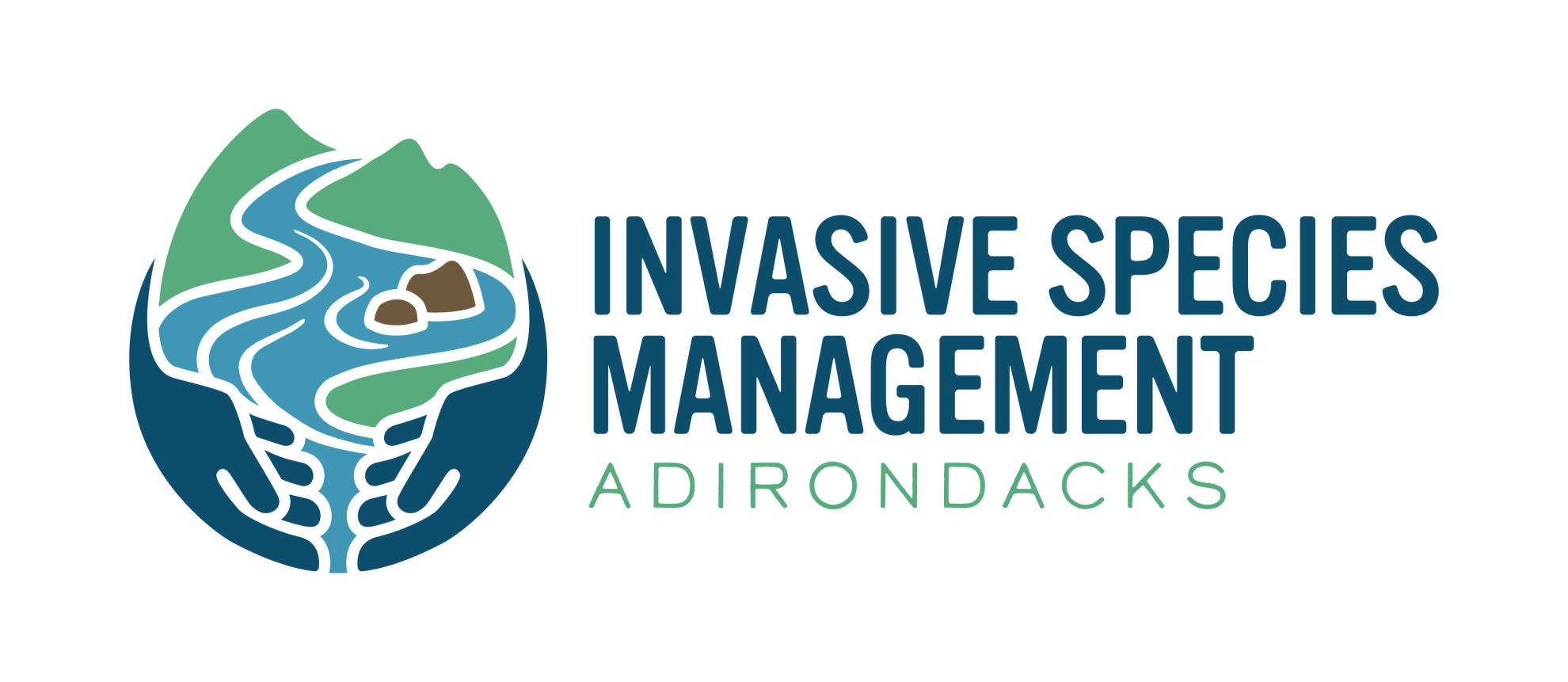APIPP announces new program director and new conservation and GIS analyst

APIPP announces new program director and new conservation and GIS analyst
KEENE VALLEY—Two key positions at the Adirondack Park Invasive Plant Program have been filled: program director and conservation and GIS analyst.
Brian Greene was promoted to program director and Carolyn Koestner is the new conservation and GIS analyst. Both said they look forward to meeting APIPP partners and volunteers at the upcoming Adirondack Invasive Species Summit 2024 on October 10 at the Tannery Pond Community Center in North Creek.
Greene joined APIPP in April 2021 as the aquatic invasive species coordinator after serving as the director of trails and conservation for the Delaware and Lehigh National Heritage Corridor in Pennsylvania. Before that, he established the statewide Utah Water Watch volunteer water quality monitoring program.
Greene has a strong research background looking at amphibians, invasive plants, and water resources across the United States. While serving as APIPP’s aquatic invasive species coordinator, he led several studies related to invasive species in Adirondack waterbodies and has established and maintained connections with dozens of partner organizations and volunteers.
As Greene transitions to the program director role, he said he is excited about the opportunity to carry on APIPP’s strong legacy of protecting Adirondack lands and waters from the negative impacts of invasive species.
“I feel fortunate to be able to do work I’m passionate about in a region that I love,” Greene said. “I’m looking forward to expanding upon the great work done by previous APIPP directors and staff over the years. Thanks to their amazing efforts, we can proudly say that the Adirondacks are the region least impacted by invasive species in New York state.”
Greene will be APIPP’s fourth director since the program launched about 25 years ago. The previous program director, Tammara Van Ryn, retired on Aug. 30.
Koestner’s position is a shared role between The Nature Conservancy’s two invasive species programs, APIPP and St. Lawrence-Eastern Lake Ontario (SLELO). She joined The Nature Conservancy after completing a two-year GIS and Science Communications fellowship with the AuSable Freshwater Center and Lake Champlain Sea Grant. Prior to that, she was the strategic conservation planner for the Lake Placid Land Conservancy.
Koestner holds a B.A. in Environmental Science from Skidmore College and is currently pursuing a graduate certificate in GIS focused on spatial data analysis. She is also working toward earning her GIS professional (GISP) certification.
“I’m really excited to be using my GIS and data analysis skills to advance invasive species work across northern New York,” Koestner said.
APIPP and SLELO are two of the eight PRISMs, or Partnership for Regional Invasive Species Management, in New York state. The organization is a program of The Nature Conservancy and is funded by the Environmental Protection Fund as distributed by the New York State Department of Environmental Conservation.
APIPP’s mission is to work in partnership to minimize the impact of invasive species on the Adirondack region’s communities, lands, and waters. Learn more at www.adkinvasives.com.
###
The Adirondack Park Invasive Plant Program (APIPP) serves as the Adirondack Partnership for Regional Invasive Species Management (PRISM), one of eight partnerships across New York. APIPP is hosted by The Adirondack Chapter of The Nature Conservancy and receives financial support from the Environmental Protection Fund administered by New York State Department of Environmental Conservation.

